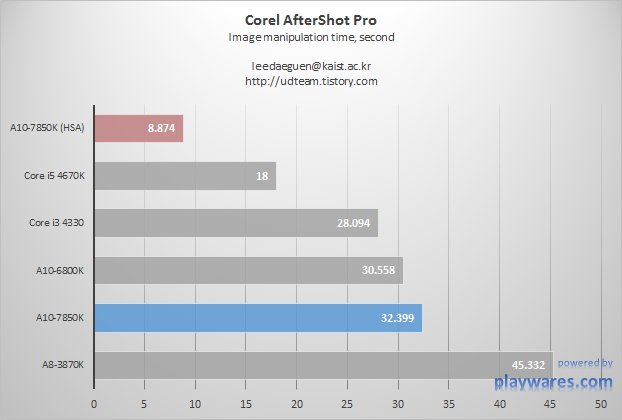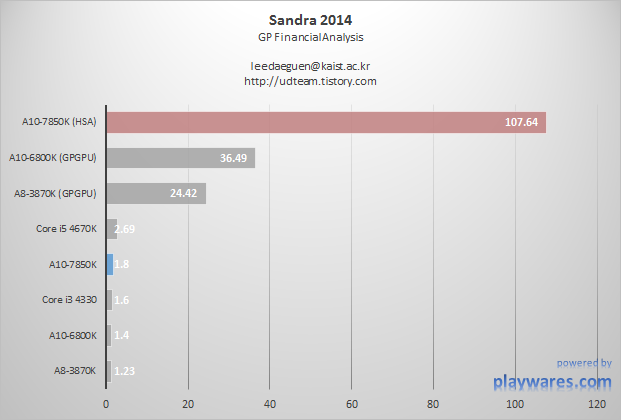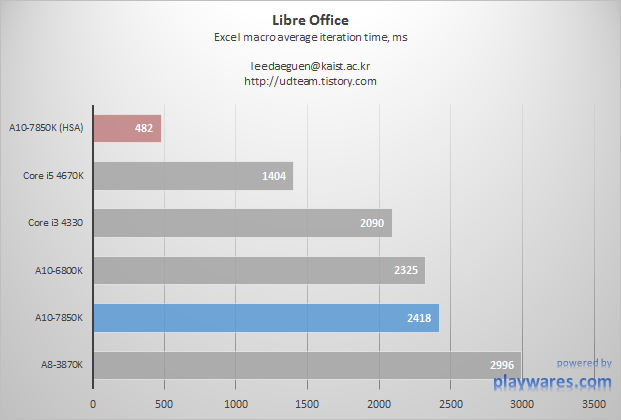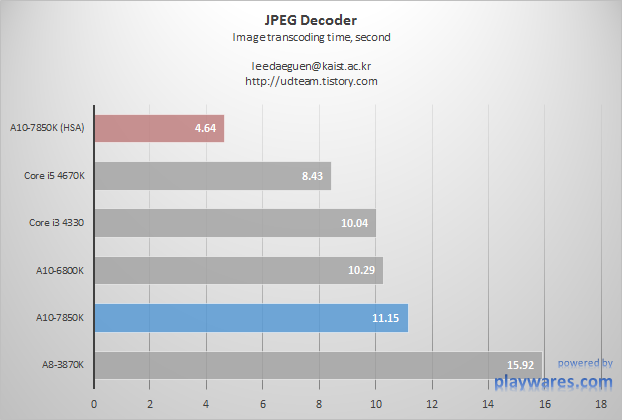From A Beautifully Simple Concept To A An Industry Wide Vision : Heterogeneous Computing
All of Intel’s past actions and future roadmaps are strong indicators that this is the future that they envision. A future where CPUs and GPUs work seamlessly together to address the new challenges of CPU performance scaling and to address problems that CPUs and GPUs simply cannot solve separately.
AMD made it very clear from 2006 that their goal was to build the ultimate heterogeneous processor.
The company was able to more quickly adapt its vision to practice with the Heterogeneous System Architecture Foundation and mold it into an industry wide strategy that it hopes will bare fruit. The HSA foundation was brought into existence as a collective industry effort to chase the untapped potential of heterogeneous designs and begin a new era of computing where performance would scale again at the rate of golden age Silicon Valley.
AMD Forms The HSA Foundation
HSA stands for Heterogeneous System Architecture. To know what this foundation is all about, we need to take a few steps back. AMD’s goal to build the ultimate heterogeneous processor meant that they had their work cut out for them. The company’s vision for the next era of computing has a far-reaching effect on the entire industry, which made an industry-wide collaboration crucial to the success of any effort to bring this vision to reality. Luckily for AMD, many companies shared its aspirations. Industry giants such as Samsung, Qualcomm, ARM, Imagination Technologies, Mediatek and Texas Instruments joined AMD in its efforts and the HSA foundation was born.
So what is HSA & how does it solve the problem?
HSA is a relatively old concept based on a simple idea. The idea is to run the code on the ideal processor that would be the fastest and most efficient in executing it. Serial code with a lot of branches and conditionals would then be well suited to run on the CPU because that’s the fastest and most efficient pcoessor for this type of code. On the other hand, code that is fairly short, less conditional and massively parallel, such as the code used in graphics to calculate what color each pixel on the screen should be, would be well suited for a graphics processor.
GPUs differ from traditional CPUs in several key characteristics. CPUs generally have a lot more decode and branch prediction resources because they tend to deal with more complex branchy code. GPUs on the other hand are designed with heavy emphasis on execution resources. Because GPUs deal with code that relatively is less complex and data that’s massively more parallel. Which in turn means that the weight would fall on the execution engines rather than the front end of the processor having to deal with the complexity of serial code.
A great, yet simple, example of a heterogeneous system would be a gaming computer. The graphics processor does all the graphics’ heavy lifting and the CPU deals with the API communication, audio processing, artificial intelligence and gameplay physics such as bullet trajectory, hit boxes, etc. Now think of HSA as a significantly more sophisticated and versatile system although based on the very same concept. Instead of the GPU and CPU working on two completely different tasks, such as graphics and AI, the processors can now work on and share the exact same task, such as physics. However, each processor takes care of a different stage of the task. The stages that would be completed faster on the CPU are done by the CPU and the stages which are more appropriate for the GPU are handled by the GPU.
Luckily, this concept works exceptionally well because the majority of software out there has a healthy mix of serial and parallel workloads, making the heterogeneous processor the ideal candidate for a lot of software.
An example of such a task is a Suffix Array. Suffix Arrays are used in a variety of workloads, such as full text index search, lossless data compression and Bio-informatics.
...
What does all of this mean?
Once you examine all the major players carefully, a crystal-clear image of the entire industry moving towards heterogeneous computing appears. AMD, Nvidia and Intel are all addressing the same challenges. As is usual with such cases, AMD chose to go for the open standard industry-wide route, where the entire industry (or as much of it as possible) collaborates to achieve a common goal. Nvidia chose to go for the proprietary route, while Intel took a more awkward position in the middle. They’re making sure their hardware is going to be up to snuff, but are leaving a lot of the industry-wide software challenges for the industry to deal with rather than address them directly like the HSA foundation is doing. Of course, there are exceptions to this, but they remain very specific and quite limited in scope.
...
Article http://wccftech.com/intel-amd-nvidia-future-industry-hsa/
I still find myself year after year wishing that Nvidia would learn to play well with others. If it had then maybe we would have been enjoying an optimised and enhanced PhysX integrated with past DirectX versions and more excitingly HSA extensions built into DirectX12. Instead I feel it will take many years before we get the performance benefits of heterogeneous computing in our day to day software.
What is your opinion?






